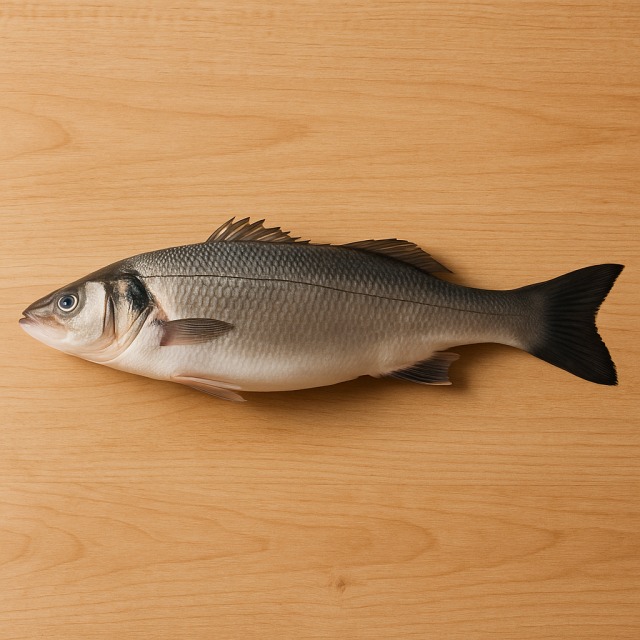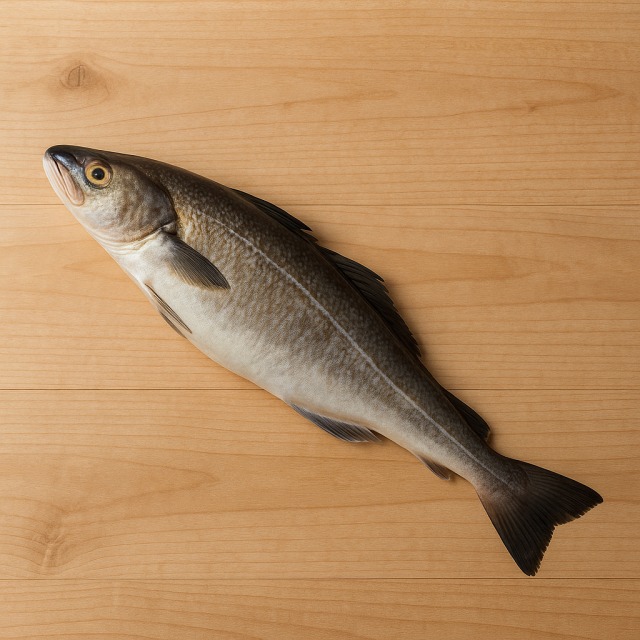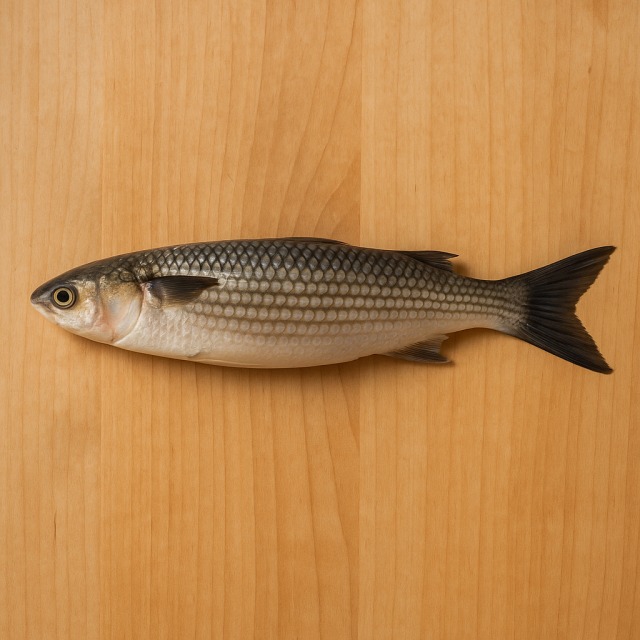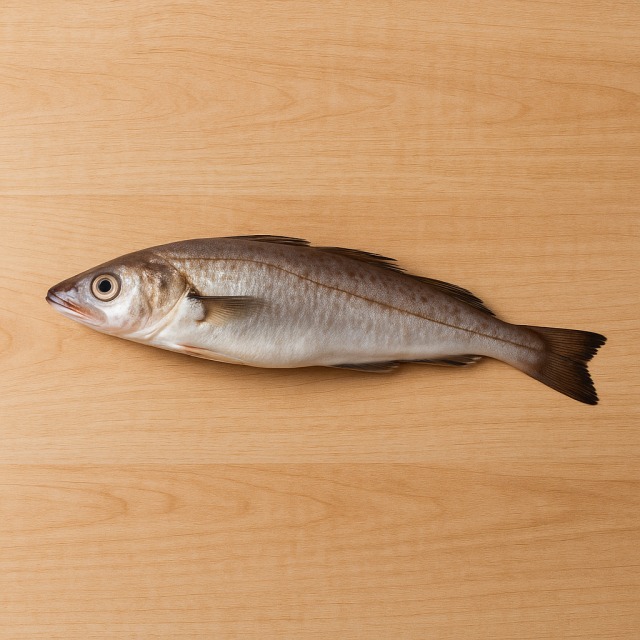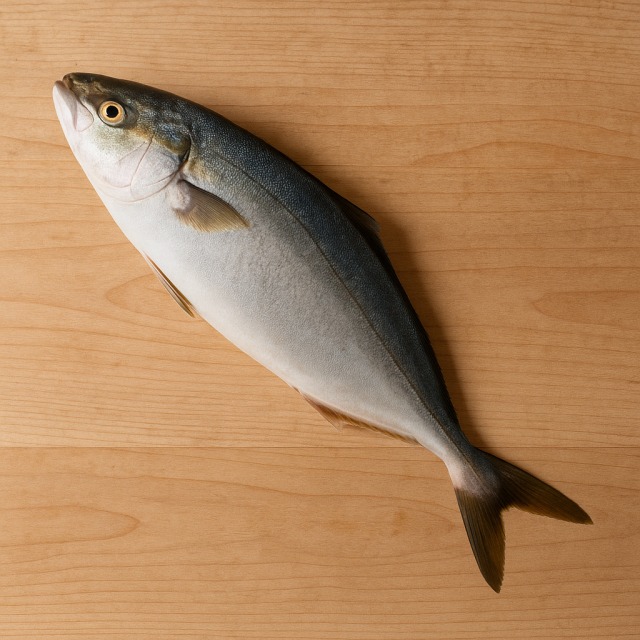Calorie Chart / Fish / John Dory
How Many Calories Are in John Dory?
Calculation of the nutritional value & Recommended Dietary Intake of John Dory
For g and a calorie requirement of kcal
| Calories 116 kcal | Proteins 26 g | Lipids 1.5 g | Carbohydrates 0 g |
| 6% | 35% | 2% | 0% |
Health benefits of John Dory
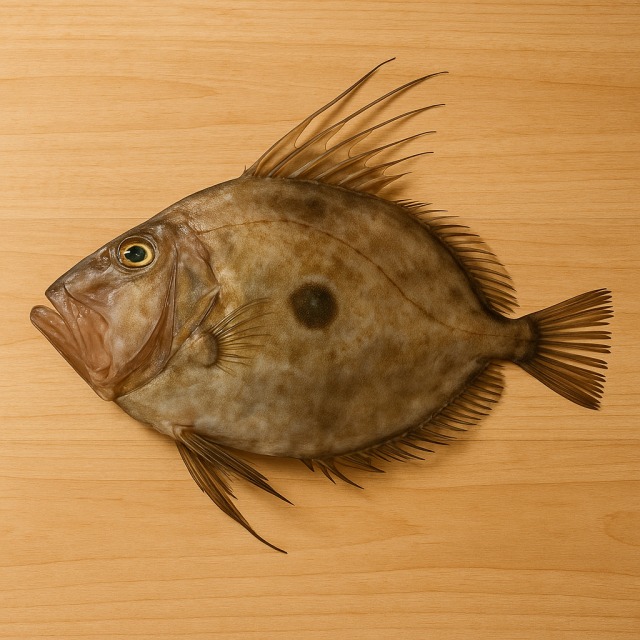
John Dory - 100g
Calories 77 kcal
Proteins 17 g
Lipids 1 g
Carbohydrates 0 g
John Dory is considered a lean sea fish and therefore low in calories, a key argument for anyone comparing calorie content between different fish options. Behind its modest calorie content, it offers an excellent 17 g of proteins per 100 g, which contributes to muscle maintenance while keeping calorie intake under control. The fish is also prized for its vitamin B12 supply, essential for red-blood-cell formation, and vitamin B3 (niacin), which supports energy metabolism without adding extra calories.
On the mineral side, John Dory provides iodine for thyroid function, selenium for antioxidant protection, and phosphorus for bone health—again, all with very few calories. Omega-3 fatty acids are present in moderate amounts; although lower than in fattier fish, they still contribute to cardiovascular support. Historically, this species has been appreciated since ancient Mediterranean times; the dark spot on its flank is linked to the supposed thumbprint of Saint Peter, adding a cultural anecdote that does not affect calories but enriches the story of the fish.
Because it is low in lipids and therefore low in calories, John Dory is frequently recommended in hypocaloric diets, in post-surgery menus, and for athletes in a cutting phase who need proteins without surplus calories. Its delicate, almost sweet flesh pairs well with light seasonings, allowing you to control calories while enhancing taste.
Tips for incorporating John Dory into a balanced diet
Take advantage of the low calories of John Dory by steaming or baking it en papillote with slices of lemon, fresh herbs, and a drizzle of olive oil. Serve it with grilled asparagus or a side of quinoa to keep the total meal moderate in calories yet nutritionally dense. For a Mediterranean plate rich in flavor but still reasonable in calories, accompany the fish with a warm ratatouille.
If you crave a more comforting preparation, pan-sear John Dory in a non-stick skillet, finish with a splash of white wine, and pair it with mashed pumpkin instead of higher-calorie potatoes. Another tip to manage calories: replace heavy cream sauces with a light drizzle of olive oil blended with citrus zest—this keeps the recipe tasty while respecting a calorie-controlled plan.
For athletes looking to recover after training, combine John Dory with a small portion of brown rice and steamed broccoli. This trio balances proteins, complex carbohydrates, and fiber without excessive calories, proving that a flavorful plate can still fit within strict calorie objectives.
Frequently Asked Questions
- How many calories are in John Dory?
- 77 kcal per 100 g.
- Is John Dory a good option when I have to reduce calories but keep proteins high?
- Yes. With only 77 kcal and 17 g of proteins per 100 g, John Dory delivers excellent protein density for minimal calories.
- How do John Dory calories compare with oily fish like salmon?
- John Dory contains roughly one-third of the calories found in the same amount of salmon, making it a lighter choice if calorie control is your priority.
- What cooking method preserves the low-calorie profile of John Dory?
- Steaming, poaching, or baking without added fats keeps additional calories to a minimum while preserving delicate flavor.
- Can I include John Dory in a low-carb diet without exceeding daily calories?
- Absolutely. John Dory has 0 g of carbohydrates and few calories, so it fits perfectly into low-carb and ketogenic plans.
Similar foods
Information provided by Calorie Menu may contain inaccuracies or errors. It cannot, under any circumstances, substitute medical advice or medication.

